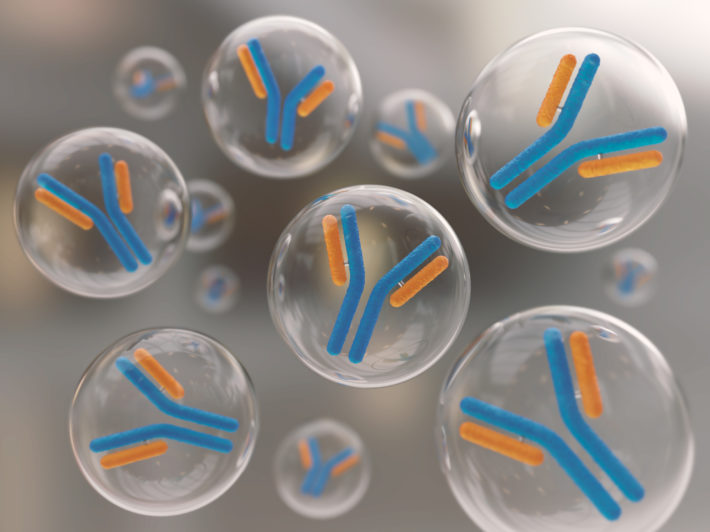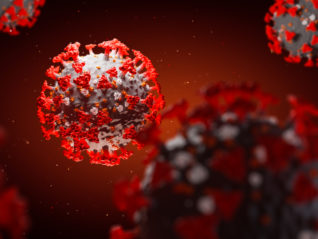
COVID-19 April 2, 2020 Update
Currently, the diagnosis of SARS-CoV-2 infection heavily relies on RT-PCR-based viral RNA detection method. Although the test has high sensitivity (i.e., true positive rate), there are challenges with the test that may cause delay of a confirmed diagnosis, thereby impacting timing of treatment and ability to control further spread of the virus. Here are some variables:
- Test sample collected at different stage of infection: The viral RNA test has high sensitivity in the early stage of illness but becomes much less measurable after day 15
- The skill of sample collection and the type of sample collected: There were instances where suspected patients had to be tested for a few days with multiple samples before confirmation
- Quality and consistency of the assays being used
Serological testing—detecting presence of antibodies against a specific antigen—is a highly valuable diagnostic tool that is fast, inexpensive, and efficient. However, as SARS-CoV-2 is novel for humans, there is an urgent need to understand the antibody response to this virus before serological testing can be utilized clinically.
Researchers in China set out to investigate the dynamics of antibodies against SERV-CoV-2 in serial blood samples collected from 173 patients with confirmed COVID-19.1 The cohort included similar number of men and women varied in different illness severity. Total antibody (Ab), IgM antibody, and IgG antibody against SARS-CoV-2 were measured using enzyme-linked immunosorbent assay (ELISA).
The analysis showed that, similar to other viral infections, the seroconversion (the time period during which a specific antibody develops and becomes detectable) was in the order of Ab, IgM, and IgG; the median time was 11-, 12-, and 14-day, respectively. In terms of the diagnosis value of serological testing, the researchers found:1
- Within 7 days since onset: The viral RNA test had the highest sensitivity (66.7%); antibody assays had a positive rate of 38.3%
- Day 8-14 after onset: The sensitivities of Ab, IgM, and IgG (89.6%, 73.3%, and 54.1%, respectively) were all higher than that of viral RNA test (54.0%)
- During later phase of infection (day 15-39 after onset): The sensitivities of Ab, IgM, and IgG were 100%, 94.3%, and 79.8%, respectively, at which time the viral RNA was detectable in less than half of samples (45.5%)
- These data indicate that combining the viral RNA test with the antibody test (especially Ab) significantly improved the diagnosis of SARS-CoV-2 infection for patients in different stages
Additional clinical insights were gained from the analysis.1 For example, the average antibody levels showed a marked increase at week 1 after onset and continued to elevate during week 2 and week 3. Even within week 1, some patients with undetectable viral RNA could be screened out through Ab testing, thereby achieving timely diagnosis. Also, critical patients showed significantly higher Ab quantity than noncritical patients approximately 2 weeks after onset, suggesting that Ab titer may be an independent risk factor (in addition to older age and male gender) associated with the severity of COVID-19.
These findings were published on March 28th, 2020, in the journal Clinical Infectious Diseases.
What are the key takeaways?
- Antibody testing can increase the confidence to make a COVID-19 diagnosis for suspected patients that have not been confirmed by the viral RNA testing
- Antibody testing is fast, inexpensive, and efficient and may be highly valuable for large-scale screening and monitoring
Citation
- Zhao J et al. Antibody responses to SARS-CoV-2 in patients of novel coronavirus disease 2019. Clin Infect Dis. 2020. pii: ciaa344. [Epub ahead of print].




